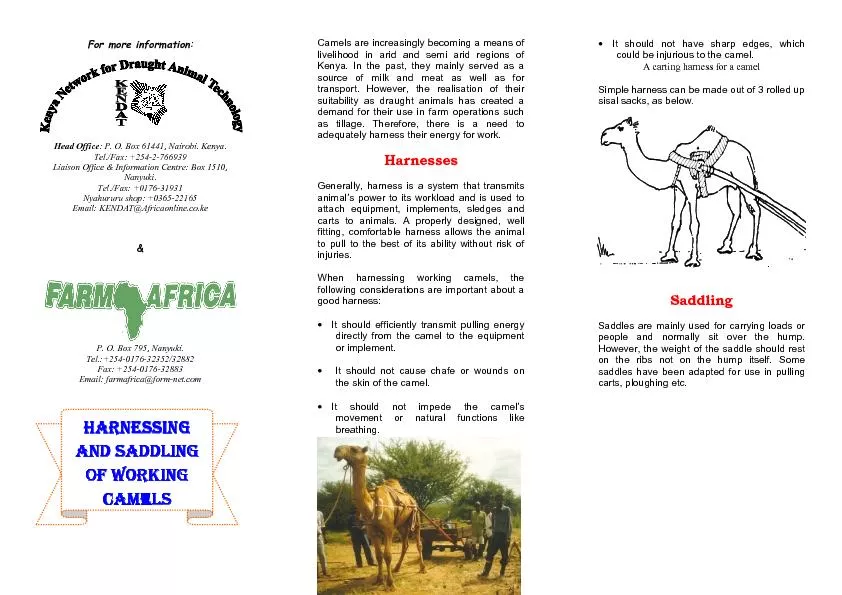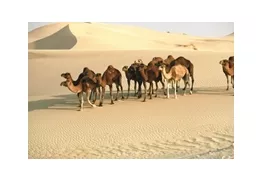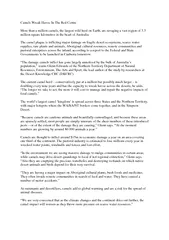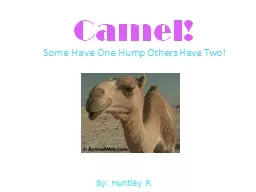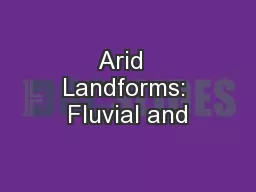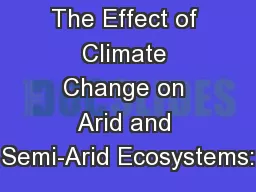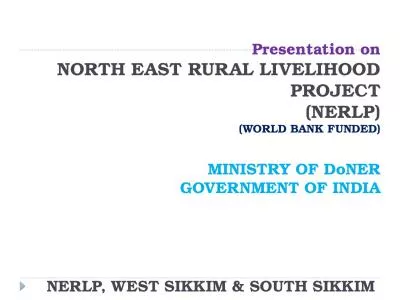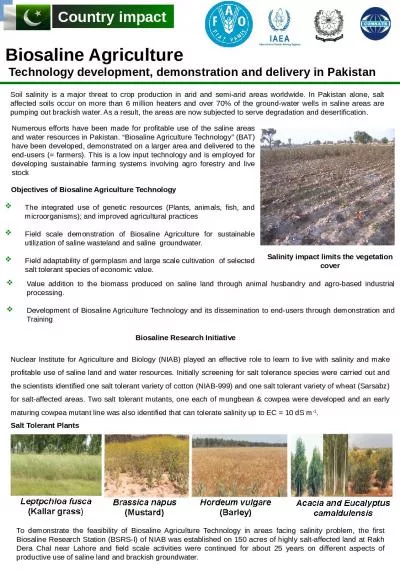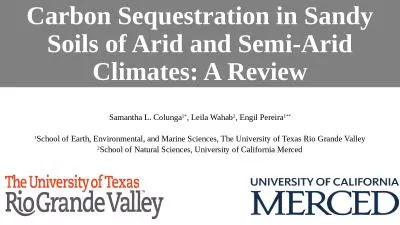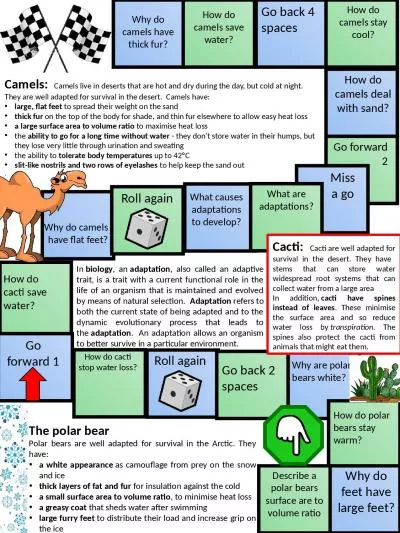PDF-Camels are increasingly becoming a means of livelihood in arid and sem
Author : stefany-barnette | Published Date : 2016-07-27
AND SADDLING CAMELSCAMELSCAMELSCAMELS In selecting or using a saddle it is important to there is sufficient padding between any hard frames or parts of the load
Presentation Embed Code
Download Presentation
Download Presentation The PPT/PDF document "Camels are increasingly becoming a means..." is the property of its rightful owner. Permission is granted to download and print the materials on this website for personal, non-commercial use only, and to display it on your personal computer provided you do not modify the materials and that you retain all copyright notices contained in the materials. By downloading content from our website, you accept the terms of this agreement.
Camels are increasingly becoming a means of livelihood in arid and sem: Transcript
Download Rules Of Document
"Camels are increasingly becoming a means of livelihood in arid and sem"The content belongs to its owner. You may download and print it for personal use, without modification, and keep all copyright notices. By downloading, you agree to these terms.
Related Documents

